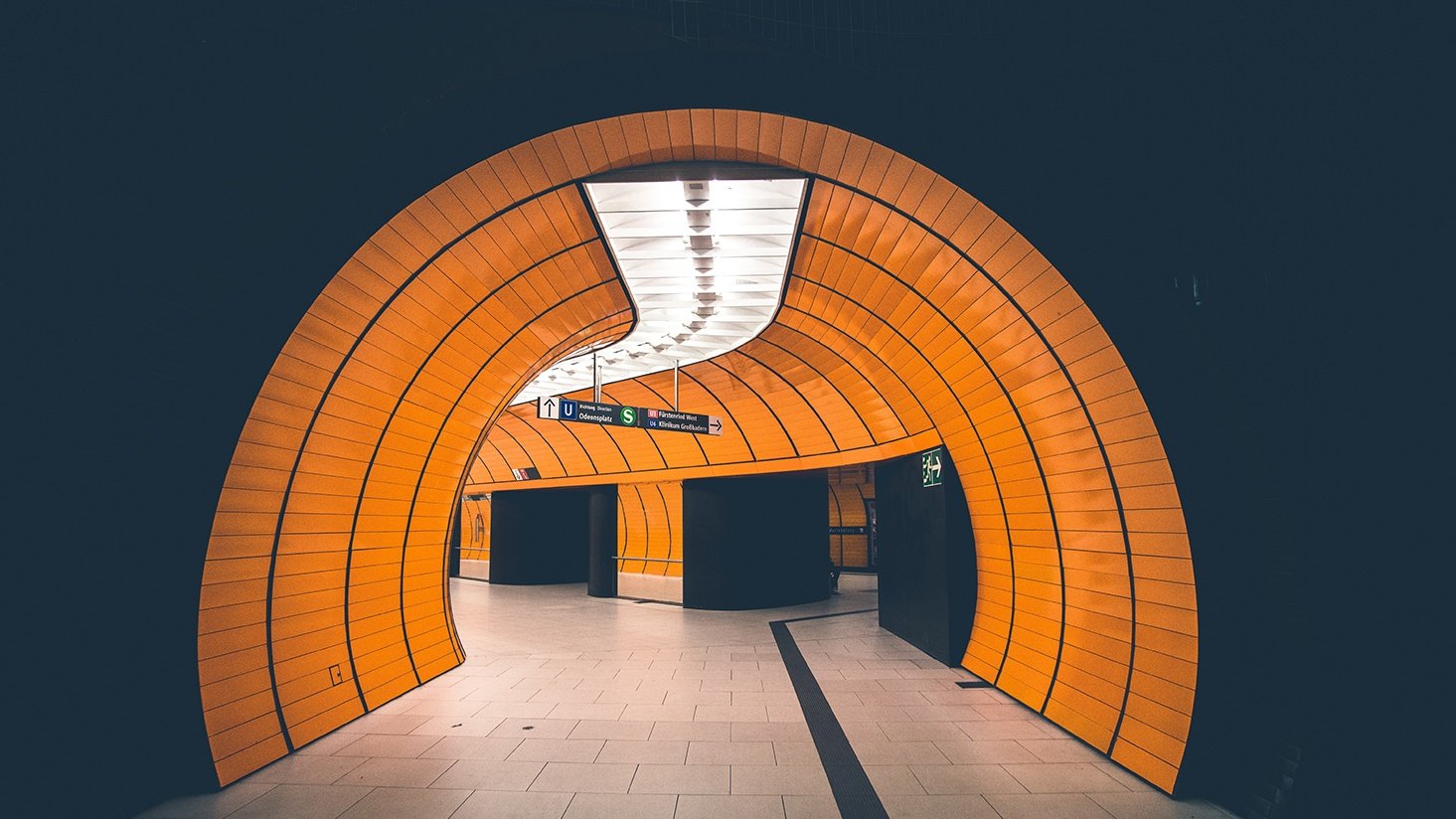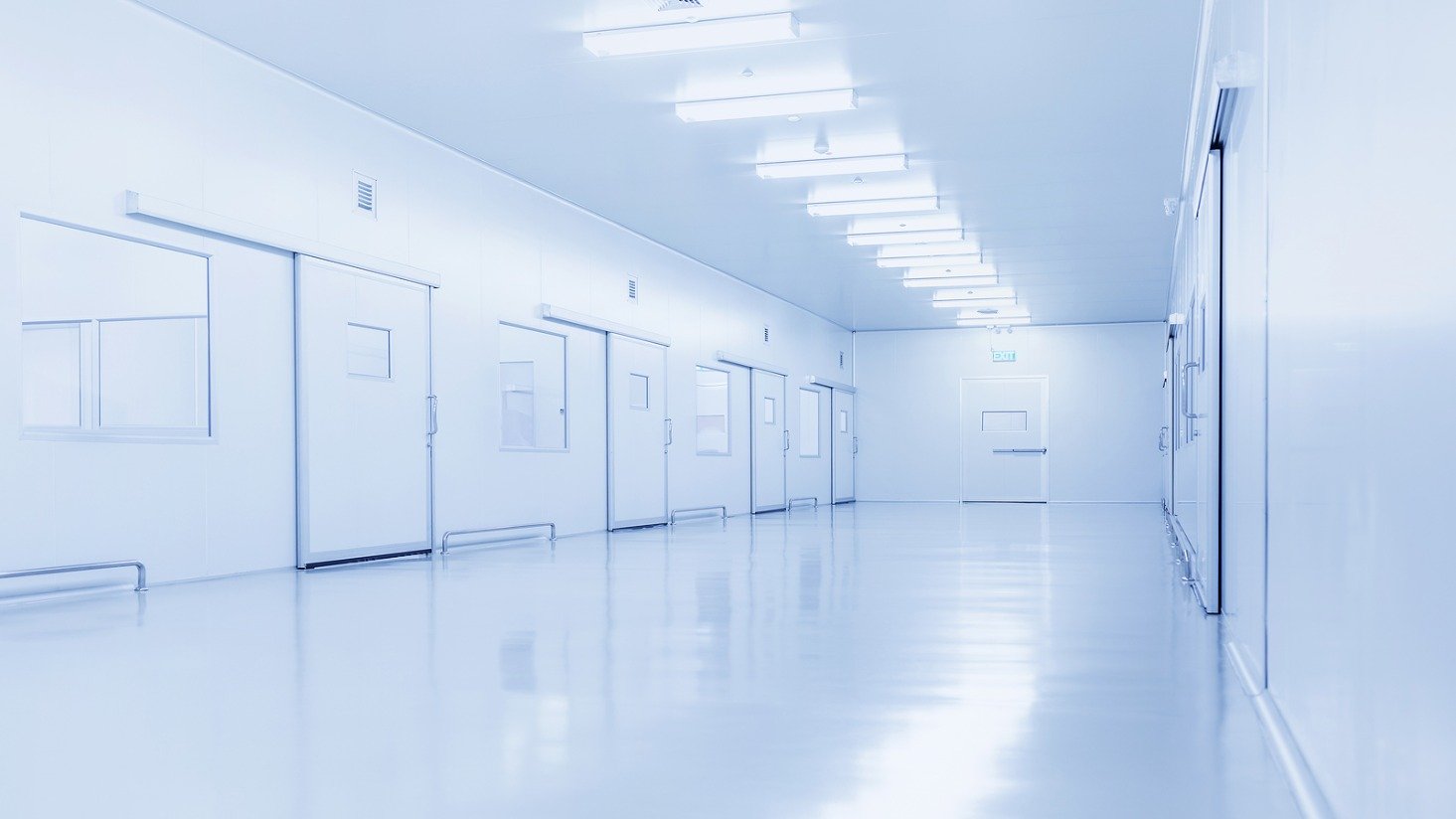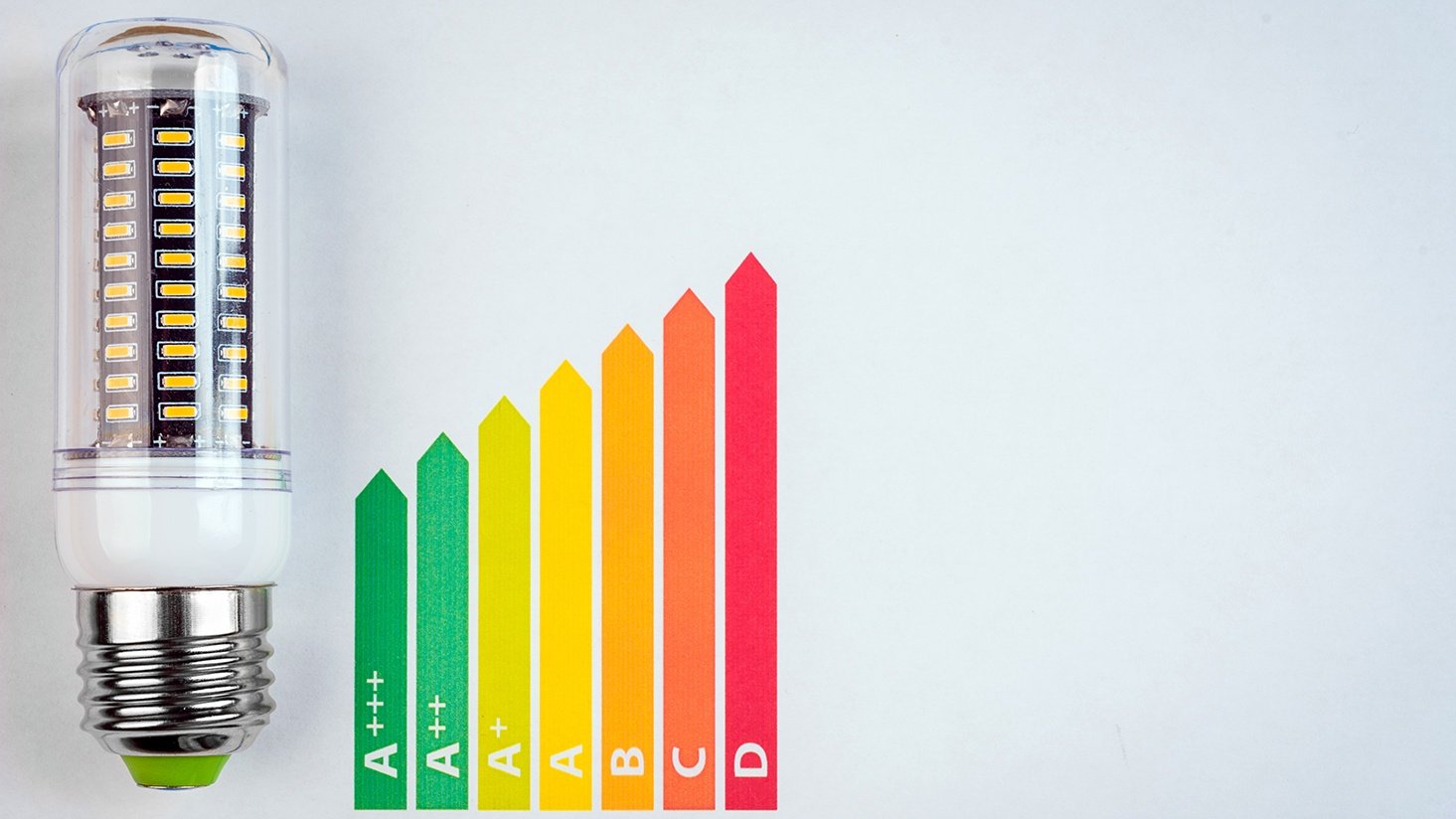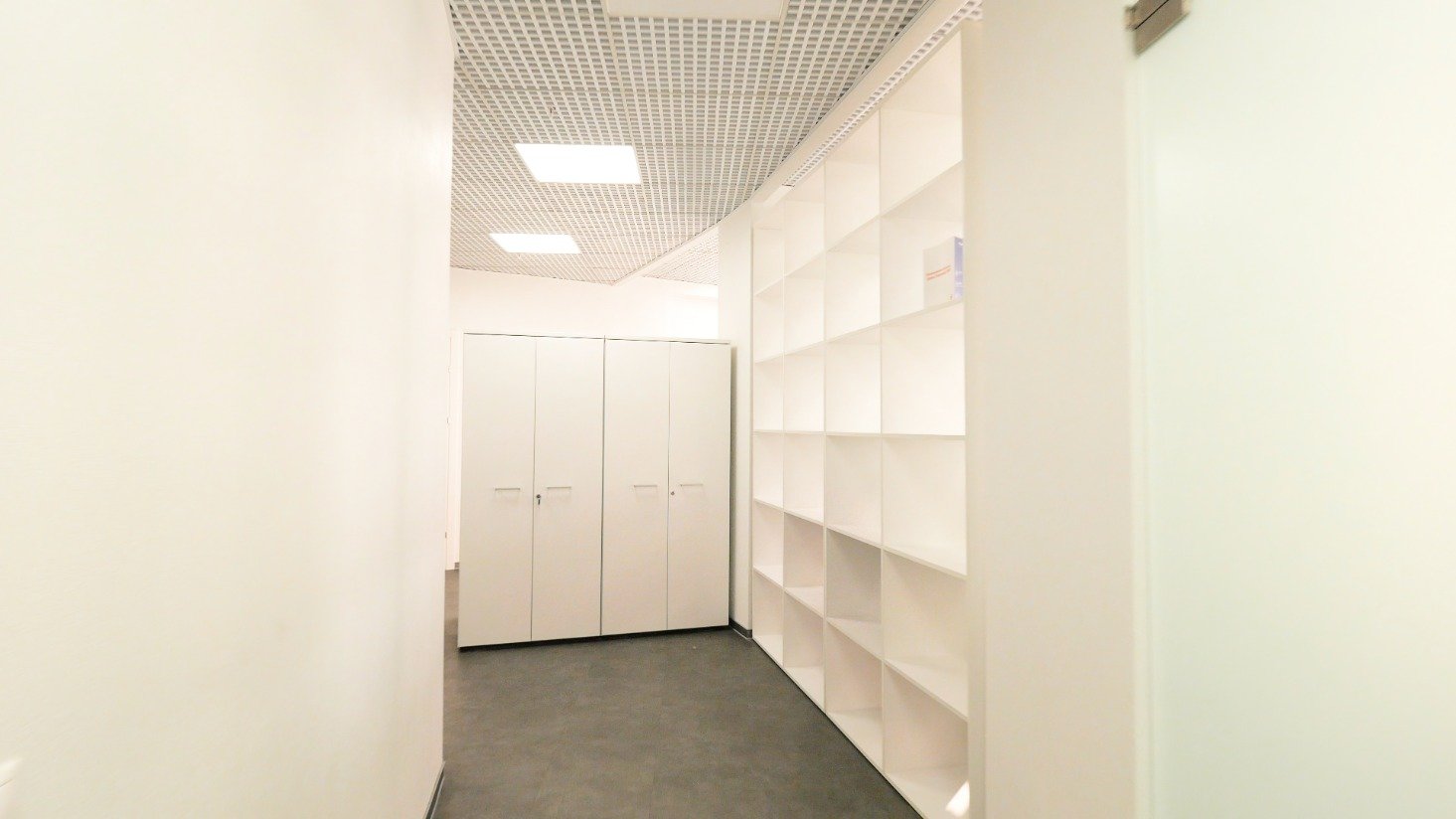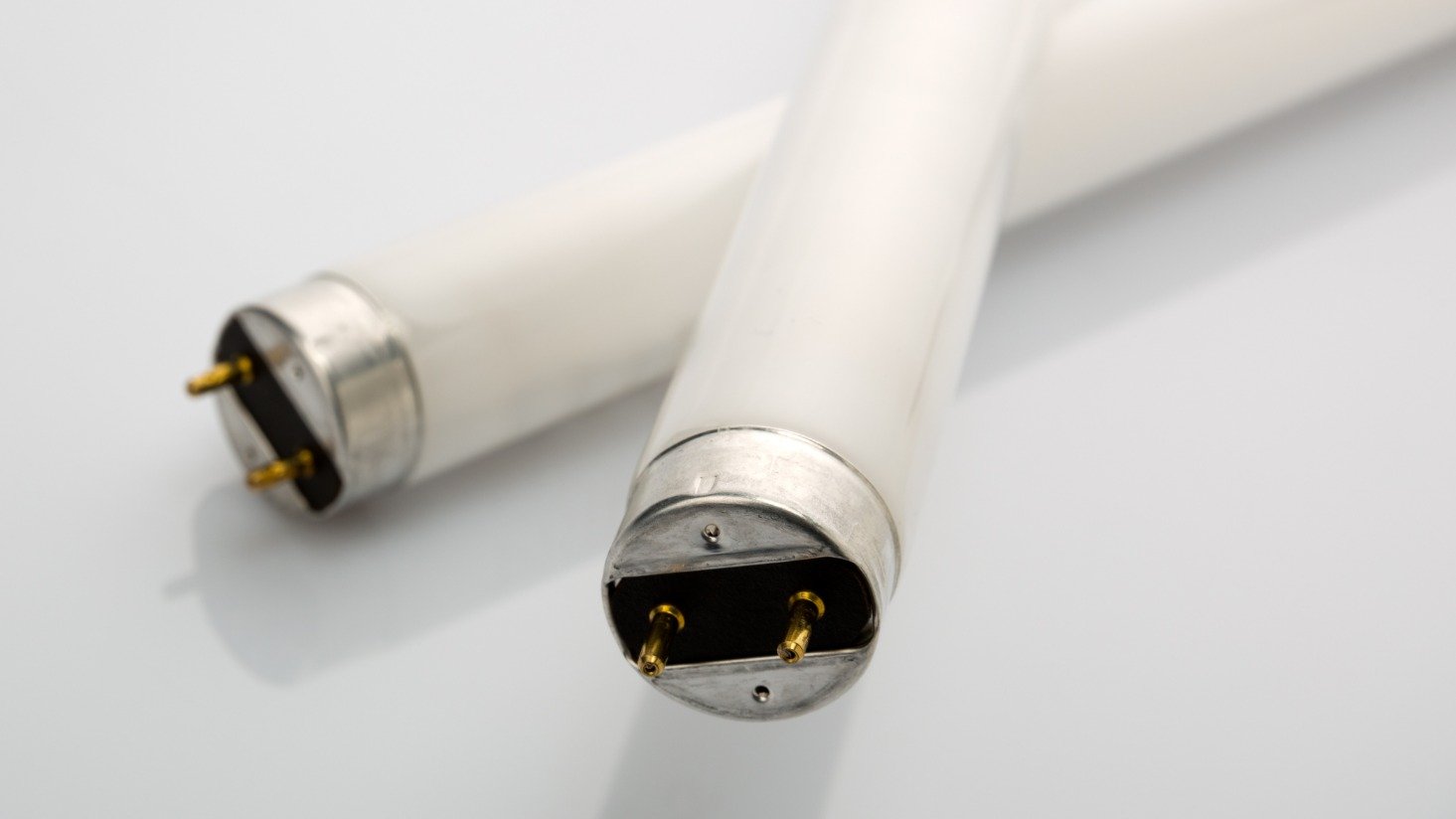Fluorescent tubes: A brief overview of the different lamp types and sizes
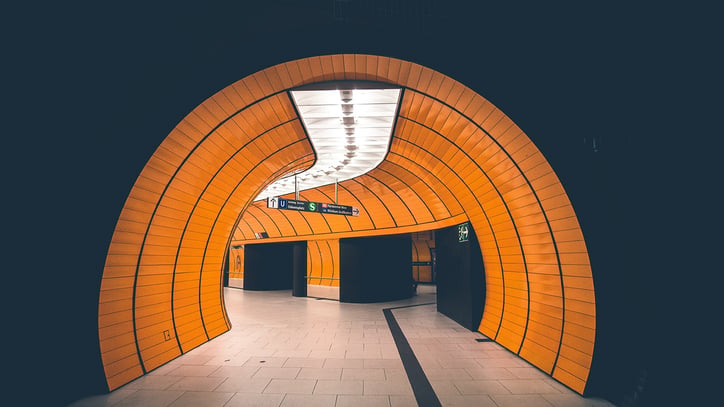
You might not realize it, but you interact with fluorescent lighting every day. Whether it’s in the office building or grocery store, fluorescent lamps are probably the most popular type of lighting.
In today's world of LEDs, there are several reasons why fluorescent lighting has survived.
- Inexpensive – Fluorescents still remain one of the lowest cost options for lighting.
- Long life – Fluorescents last a long time, although not quite as long as LEDs.
- Widely used – Fluorescents are used in a variety of applications across multiple industries. Hotels, commercial office buildings, grocery stores, healthcare facilities, warehouses, parking garages, and more all use fluorescent lighting.
All fluorescent lamps use the same technology, but there are several different variations and sizes.
Linear fluorescent tubes
Linear fluorescent tubes are the most common type of fluorescent lamps.
There are three common sizes, shown in the chart the below. The difference is in the diameter.
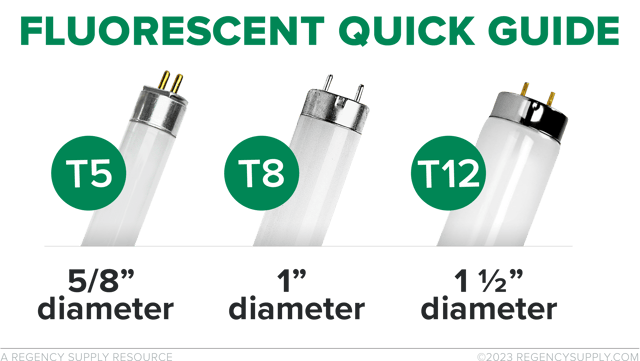
Fluorescent T12s
T12s are 1.5-inch diameter fluorescent tubes. These are the oldest of the fluorescent tubes and they almost always run off magnetic ballasts, which are no longer manufactured.
Typically, you see T12s in troffers. Sometimes, you’ll find T12s in older warehouses or older hallways in apartment complexes. High-output T12s are also found in signage.
T12s are beginning to phase out, and there are very few 1.5-inch LED tubes on the market. In most instances, a T8 or T5 will work in its place.
Fluorescent T8s
T8s are 1-inch diameter fluorescent tubes, and they are the most prevalent of all fluorescent tubes. Four-foot T8s, in particular, are used everywhere – in hospitals, commercial office spaces, schools, retail spaces, warehouses... everywhere.
T8s are energy efficient, inexpensive, and produce a lot of light (lumens). Typically you’ll find T8s in troffers. However, you’ll also see them in strip lights, some high-bay fixtures, and sometimes you'll even find them in more specialty applications, like cove lighting. Rarely, they're used in decorative applications.
Are you doing a fluorescent lighting retrofit to LED? Read about your options here.
Fluorescent T5s
T5s are fluorescent tubes that are 5/8 of an inch in diameter. These are the newest development in the fluorescent family. Although they are the smallest, they are the most energy efficient and brightest. In fact, some T5s last up to 90,000 hours.
Because of their energy efficiency and light output (i.e. lumen output), you see a lot of high output T5s used in warehouse fixtures. You’ll also see them in over the counter lighting, shelf lighting, or cubby lighting in retail spaces because of their compact size.
Fluorescent bent lamps
Fluorescent bent lamps come in a few different options. The most common that we see is a fluorescent bent T8 with six-inch leg spacing. As you would expect, the tube is bent in a U-shape. For this reason, they could also be called U-bent fluorescents.
This lamp is almost always used in a 2x2 troffer, often in a hospital or office space.
Occasionally, you’ll come across fluorescent bent lamps with a 1 and 5/8-inch leg spacing. When used in a 2x2 troffer, they will give off a very even, full amount of light.
Some retail spaces like to use 2x2 troffers over 2x4 troffers for general lighting. The 2x2 gives the space a cleaner look, whereas the 2x4 troffers can make the space feel like a commercial office.
Fluorescent circlines
These are pretty rare, but can be used in some decorative applications. Fluorescent circles give off a glowing halo effect.
The other common application in which you see circlines is “bubble” bowls. You know – those bowls that are typically in hotel or church hallways on the ceiling? If you take them off, you’ll probably find two fluorescent circlines inside, giving the fixture an even glow.
Fluorescent circline tubes are typically 1 and 1/8 of an inch in diameter. Their outside diameter (which is measuring the circle from one end to the other) comes in four options – 6, 8, 12, and 16 inches.
Common fluorescent applications by lamp type
Where do you most commonly see fluorescents?
The table below shows some common fluorescent applications according to lamp type.
| Common fluorescent applications | ||||||
| Application | T5 | T8 | T12 | FB T8 | FB T12 | FC T9 |
| Back of house | x | x | x | |||
| Commercial office | x | x | x | x | x | |
| Decorative | x | x | x | |||
| High bay | x | x | x | |||
| Multi-family | x | x | x | x | ||
| Parking garage | x | x | x | |||
| Retail | x | x | x | x | x | |
| Strip lights | x | x | x | |||
| Troffers | x | x | x | x | x | |
| Wall wash | x | x | x | |||
We have all types of fluorescent lamps available in our online store. To register for discounted business pricing, click here.
